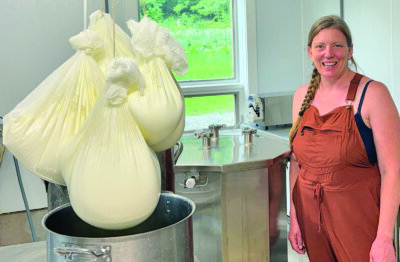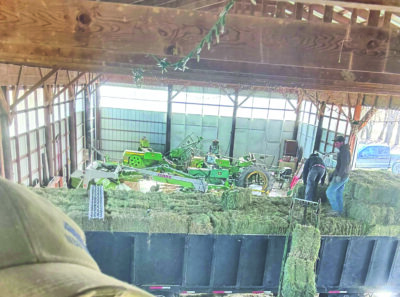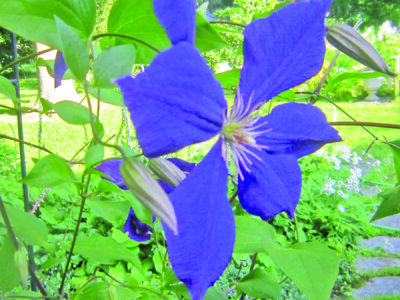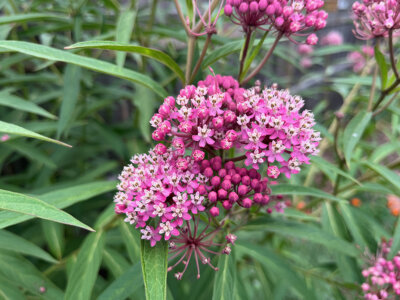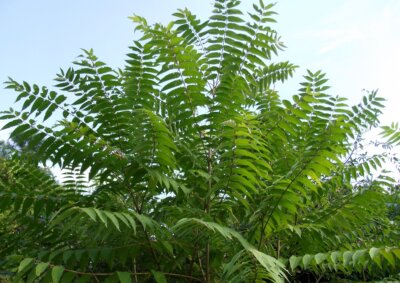The tell is in the smell
Skunks in Vermont
All creatures are endowed with some means of defense. Over time, ancestors of the striped skunk of New England developed a memorable and unique means of warning possible attackers. When it feels threatened, it stomps its front feet and puffs up as much as possible to suggest strongly that you cease and desist from your forward progress. If the trespasser into its space continues to threaten the skunk, it will turn around, exposing its anal glands and the bare skin around them, and eject a pungent stream or mist that can go 10 feet toward the perceived threat. Its aim can be remarkably accurate. Besides smelling terribly, its spray is highly irritating to the eyes and nose. It’s also very difficult to eradicate the acrid odor afterwards, from the skin, fur or one’s clothes.
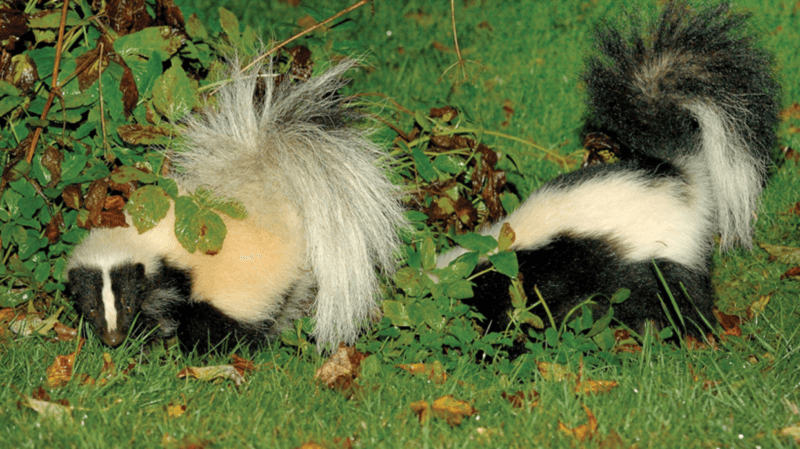
Skunks are frequently found around suburban homesteads, farmyards and chicken coops, where they survive nicely, searching for food and seeking protection under porches and buildings or nearby shrubbery. They move slowly on very short legs and are remarkably docile, counting on their powerful and offensive odor to deter predators. Fortunately, they tolerate being around humans quite well. If you come upon one unexpectedly, it is best to move away slowly and quietly. The skunk is likely to go about its business, eating or sniffing around for food, as long as you are at least 10 feet away. At night, if walking outside and you suspect there are skunks around, be sure to carry a flashlight.
The skunk is omnivorous and eats a variety of plants and small animals, such as seeds and grains, corn, leaves, apples, berries, insects, worms, small mammals and even rabbits. In turn, it is prey to great horned owls, coyotes, foxes and the occasional dog, who will surely be sprayed if it is aggressive. Part of a skunk’s defensiveness comes from having winged predators, such as the great horned owl, swoop down upon them to carry them away.
While skunks are generally active in the evenings, they may also be around during the daytime, whenever the temperatures are above 30º. Skunks fall into a deep sleep in the colder winter months, but they do not truly hibernate; when the temperature rises above freezing, they will likely wake up and wander about looking for food.
Skunks are generally six to 12 pounds, similar to a cat, and up to 32” from the tip of the nose to the tip of its tail. They are distinctively black and white. Each animal varies in its patterning, but in general they have black heads with a pointed snout; a narrow white stripe runs down that snout and extends backward to a white area on the back of the head where it divides into two stripes extending down the back, like the letter “Y.” Its big fluffy tail usually has both black and white patterning, though each animal’s tail is quite individualistic.Though rarely, albino, brown and all black variations have all been reported.
If you come upon scat that is three inches or less in length, irregular in shape and contains insect parts, it is likely from a skunk.
Skunks will take advantage of porches, woodpiles and other animal burrows as dens if they can find an opening of 4–6 inches wide to enter. There are peaceful means to encourage them to change their living quarters if they make you nervous, but from May to July their dens are likely to harbor young. Eliminating the mother at this time may lead to damage to your home as she attempts to free them, or the young will die without their mother’s protection, resulting in odors and insect infestations.
Although a skunk may tear up your lawn looking for grubs, many people appreciate the natural, chemical-free eradication of these lawn-killing pests, particularly Japanese and June beetles, mice and moles.
If you have skunks on your property and wish to discourage them, the Massachusetts Department of Fish and Wildlife has four recommendations:
- Remain calm and speak softly if you come upon a skunk unexpectedly, then move slowly away, giving it little reason to be afraid of you.
- Secure your garbage so that skunks cannot feed on your discarded edibles.
- Keep your bird feeder areas clean; do not scatter seed on the ground, and if one or more skunks is regularly seen around the feeders, then remove the feeders until the skunk has left the area.
- If you have pets, you may prefer to have a flood light to alert you to any skunks around; be sure to check your yard for skunks before letting your pets out at night. And plan to feed your pets indoors or remove their dishes as soon as they are finished eating.
Skunks are a natural and valuable part of the New England ecosystem, and fortunately we have lived quite successfully alongside these intriguing animals for ages, though with an occasional spraying—mostly of our too-inquisitive, sometimes foolish dogs or a passing car. And hopefully for each of them and you, one spraying is enough for a lifetime.
Linda Radimer and Mary Van Vleck are members of the Charlotte Conservation Commission. The commission meets the fourth Tuesday of the month, and everyone is welcome. It currently meets by Zoom, and the invitation to join a CCC meeting is generally published 1-2 days in advance in the Front Porch Forum. If not there, please contact a commission member or Dean Bloch at the Town Offices.
Related Stories
Popular Stories
If you enjoy The Charlotte News, please consider making a donation. Your gift will help us produce more stories like this. The majority of our budget comes from charitable contributions. Your gift helps sustain The Charlotte News, keeping it a free service for everyone in town. Thank you.
Andrew Zehner, Board Chair




